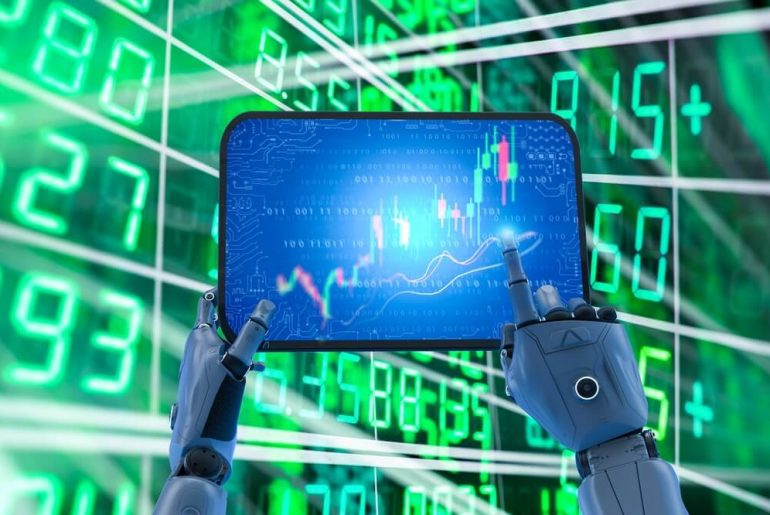In my previous article, I provided a broad overview of the potential applications of artificial intelligence in financial market trading. Today, I’m eager to delve deeper into the topic and explore the future of algorithmic trading. I have no doubt that neural networks will continue to penetrate new realms of human understanding, particularly in their impact on traders’ work in the years to come.
Understanding Algorithmic Trading
Algorithmic trading involves using algorithms to automate trading in financial markets. Let’s unpack this definition to gain a clearer understanding of its components.
Firstly, algorithms represent predefined actions derived from market analysis, all aimed at achieving specific trading objectives. Secondly, automation refers to the removal of direct human involvement from the trading process.
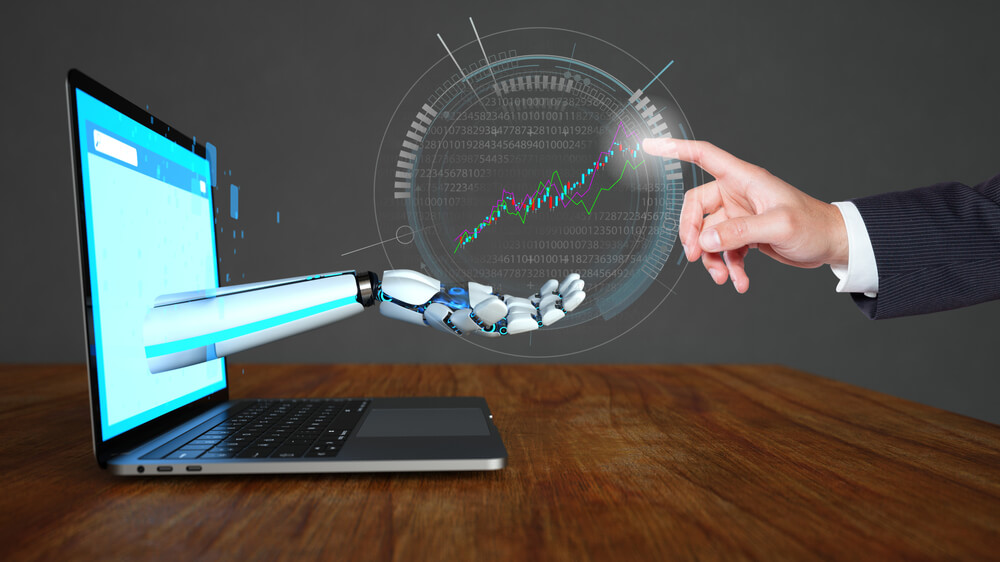
The ideal scenario for algorithmic trading involves the complete automation of trade execution over extended periods. While achieving 100% automation may be unattainable, striving toward this goal involves getting the following key outcomes:
- Increased Speed: Increasing the speed of trading transactions.
- Big Data Utilization: Leveraging vast datasets for analysis.
- Reduced Human Intervention: Minimizing the need for human decision-making.
- Rapid Strategy Testing: Quick evaluation of trading strategies.
Now, let’s delve into each of these points and explore how neural networks can assist traders, along with the challenges they may encounter.
Increasing Trading Transaction Speed
Neural networks, as self-learning models, possess the capacity to execute an immense number of trading operations per unit of time, surpassing human capabilities. Imagine having the ability to observe the entire market structure and open dozens of orders within seconds. One might assume this could significantly enhance profitability, right?
But it’s not that simple. Such a trading method, which I would call “neuro-scalping,” involves the risk of slippage. The decision-making speed of the neural network can be much higher than the speed of the trading platform. Then, some orders will be executed with a delay, meaning not at the prices required by the neural network. Consequently, there’s a risk of accumulating errors.
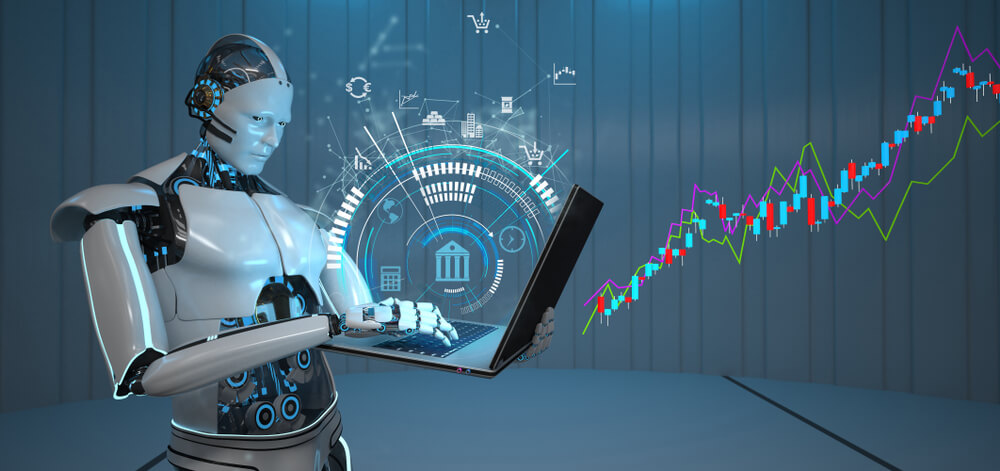
Leveraging Vast Datasets for Analysis
Examining well-known neural networks like ChatGPT and Midjourney reveals their capability to process petabytes of data and continuously learn. This suggests that in the near future, one of these models could potentially analyze the entire historical data of specific charts, such as the EUR/USD pair. The potential of such voluminous data is immense.
However, envisioning a machine capable of this fitting into a trader’s home is challenging. Its power consumption is directly correlated with its computational capabilities. While it’s plausible for a transnational corporation to develop such a machine, it’s unlikely for an ordinary individual. Hence, the question arises: Will publicly accessible neural networks emerge, and if so, how will they be tailored in each individual case?
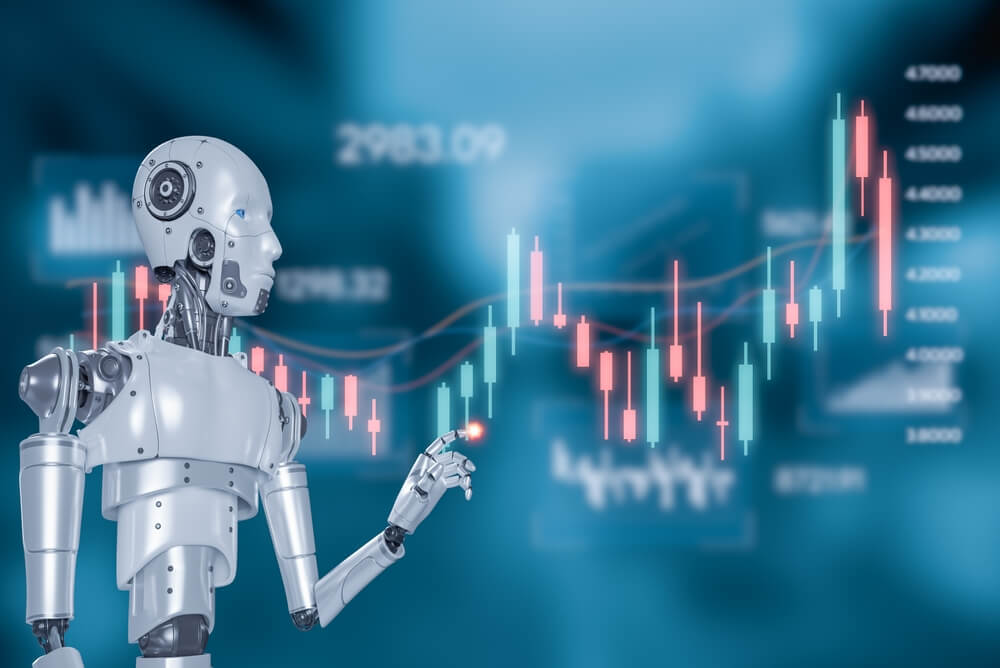
Minimizing the Need for Human Decision-Making
Many of us are familiar with the detrimental impact of emotions on a trader’s financial outcomes. Fear, greed, and curiosity often lead to negative trading results. I’ve certainly had such an experience. In this context, delegating trading decisions to a well-functioning algorithm may seem prudent.
Yet, devoid of purely human traits like intuition, an algorithm may lack the nuanced understanding required to navigate the complexities of the market. While intuition has proven beneficial in opening and closing profitable trades, it’s challenging for a neural network to replicate this aspect of human cognition. Perhaps, trading should be a collaborative effort between humans and neural networks, rather than solely algorithmic.
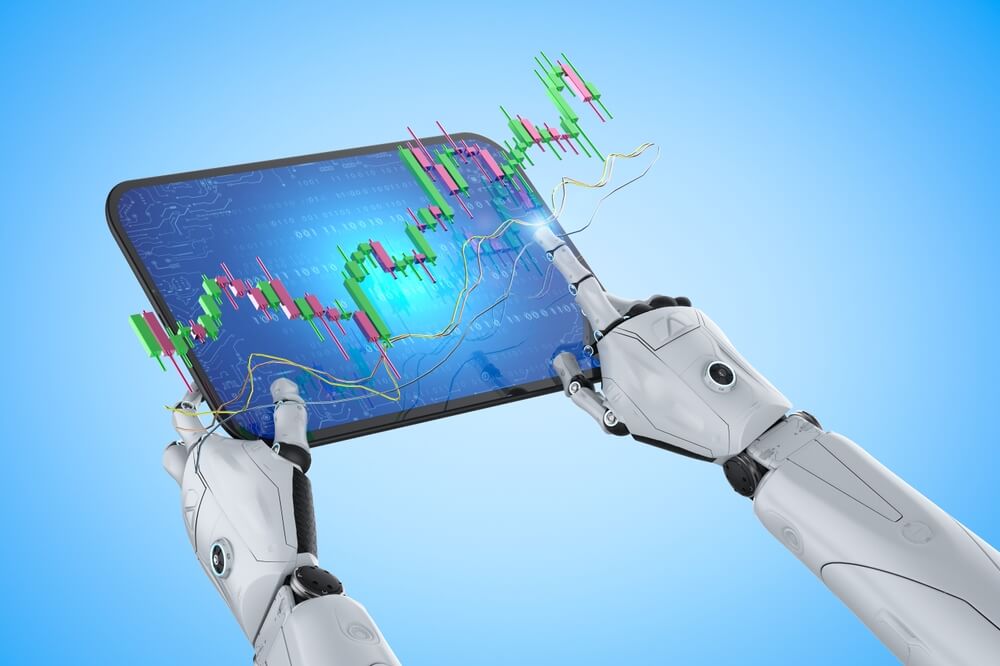
Quick Evaluation of Trading Strategies
The machine learning process always entails exploring multiple scenarios. While neural networks can study past charts without risking real money, implementing these strategies in live trading introduces risks. It’s probable that we’ll soon train machines to rapidly test new strategies on demo accounts. Then, we can select the most effective ones to deploy in live trading accounts.
Yet, there are two main challenges. Firstly, current systems lack the sophistication to develop comprehensive strategies independently. Secondly, configuring an intelligent neural network demands significant programming expertise from traders. While these capabilities may become more accessible in the future, they won’t be readily available to everyone.
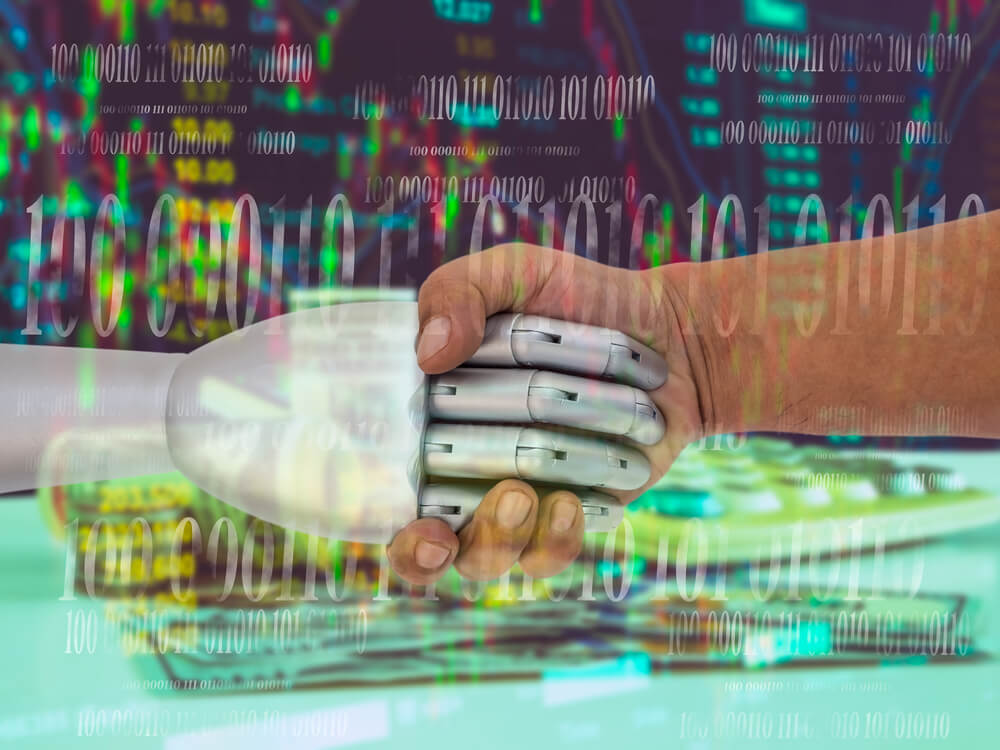
Looking Ahead
So, what does the future hold for us? One thing is for certain: a magical tool that autonomously learns and generates profits with the push of a button is unlikely to materialize. However, neural networks will undoubtedly revolutionize the landscape of algorithmic trading.
I anticipate that we’ll soon see affordable systems accessible to the masses. However, users will likely need to configure these systems themselves for their specific needs. Therefore, it’s premature to count traders out of the equation just yet.

